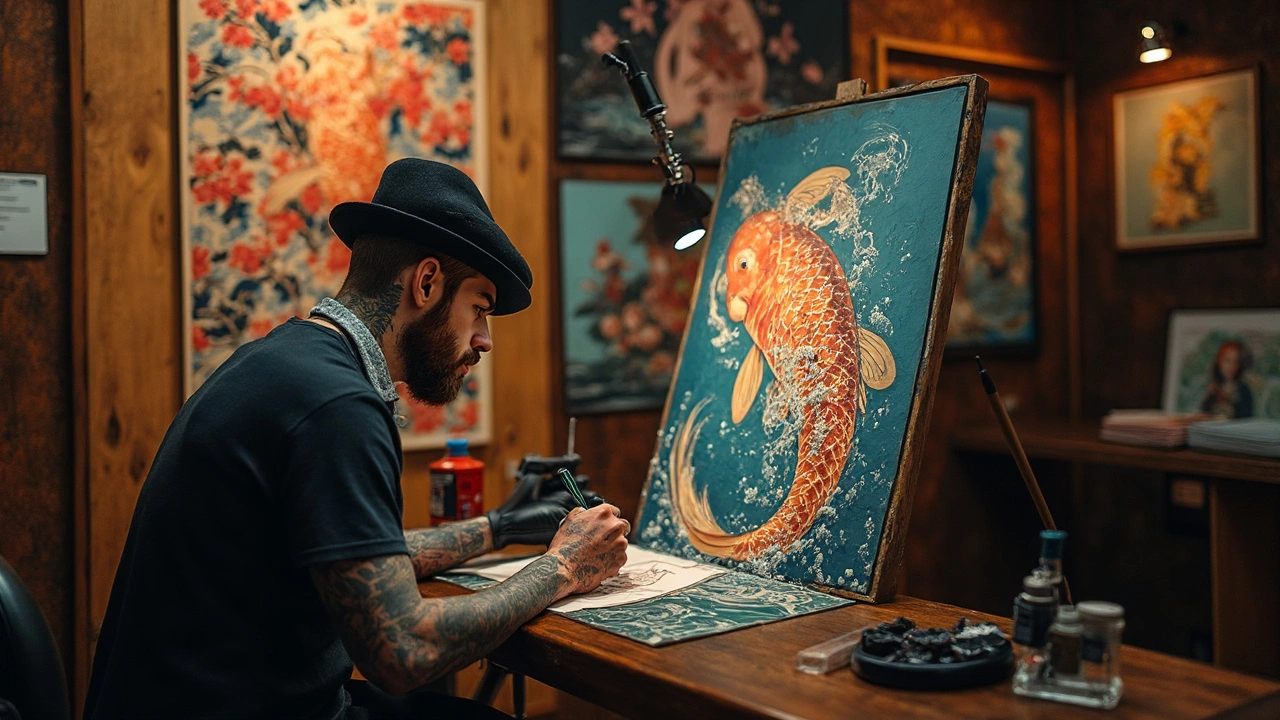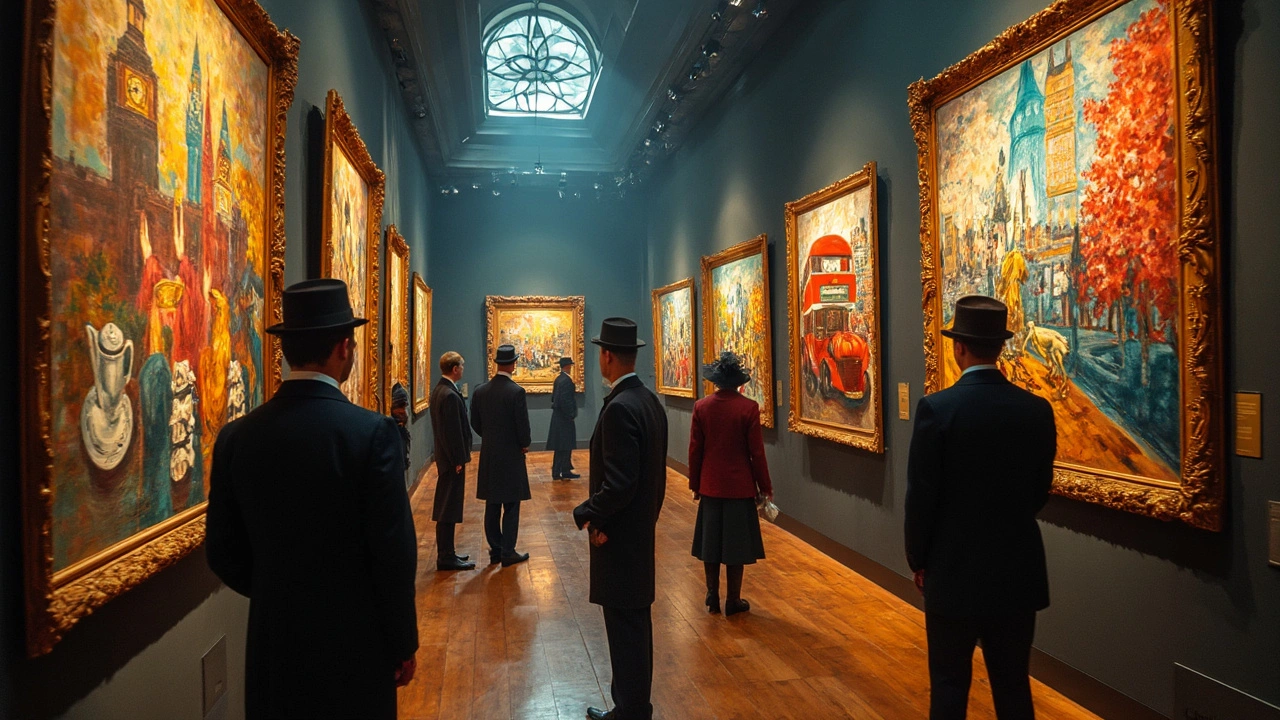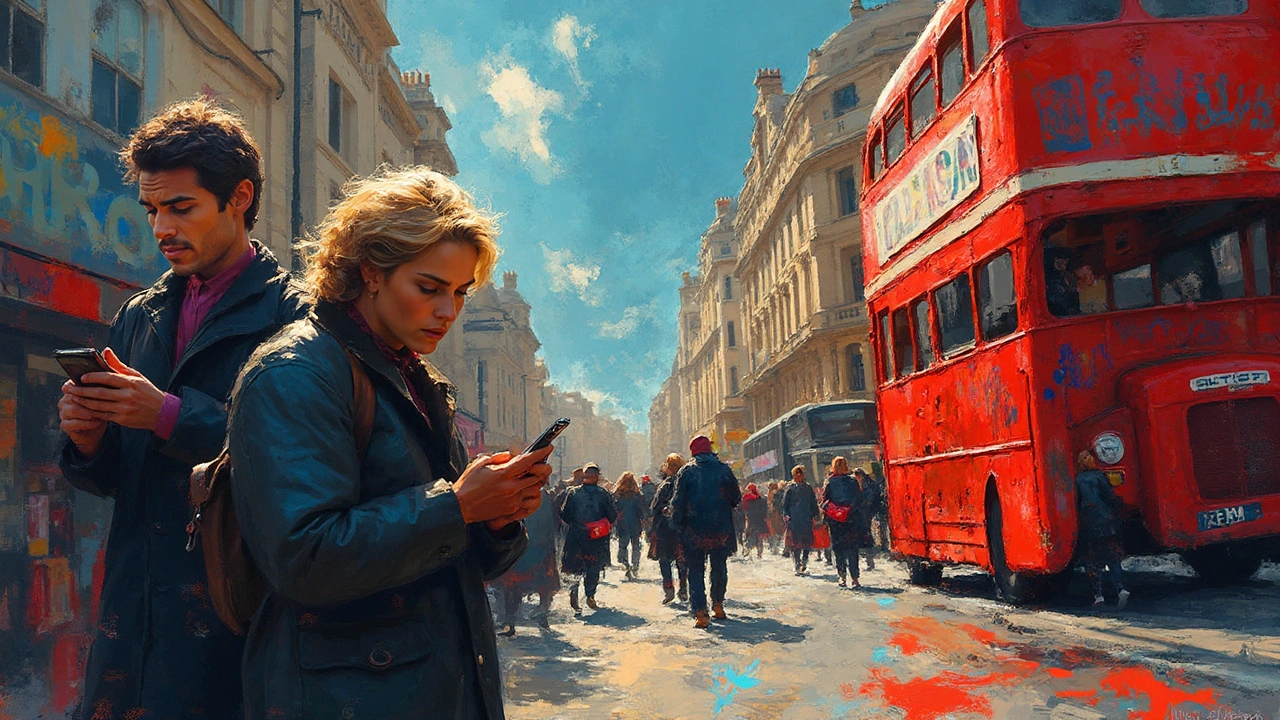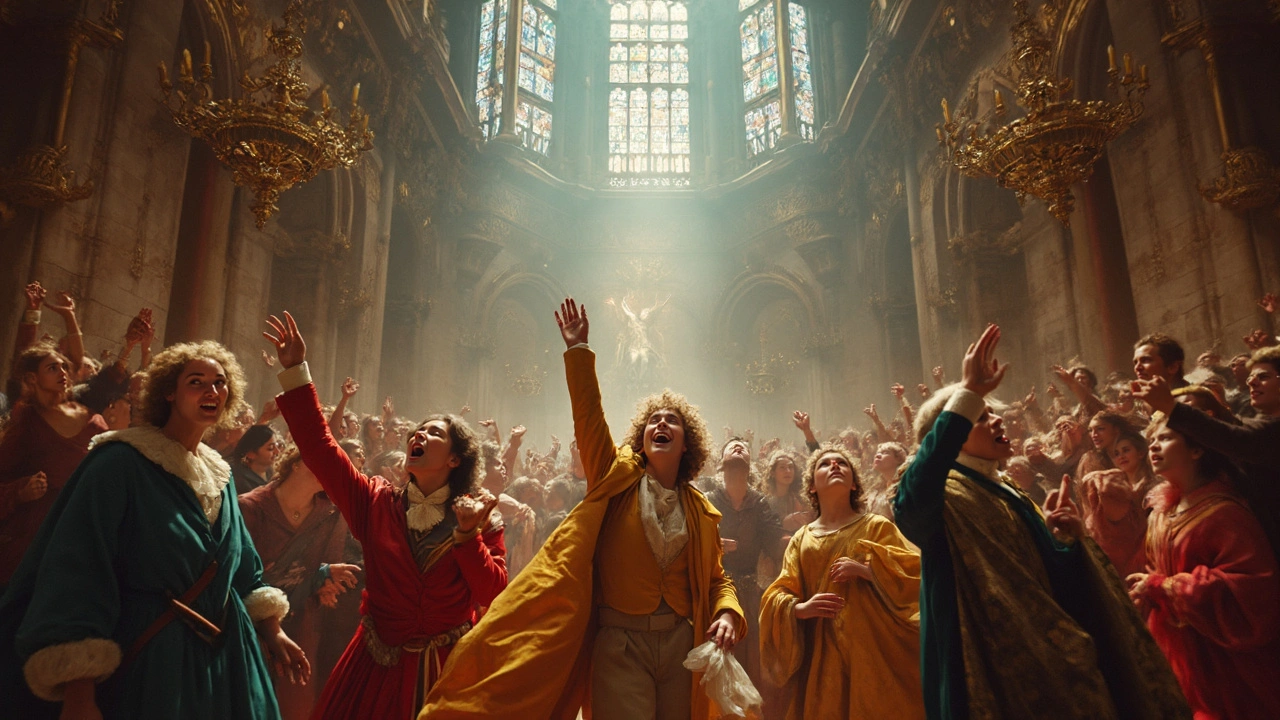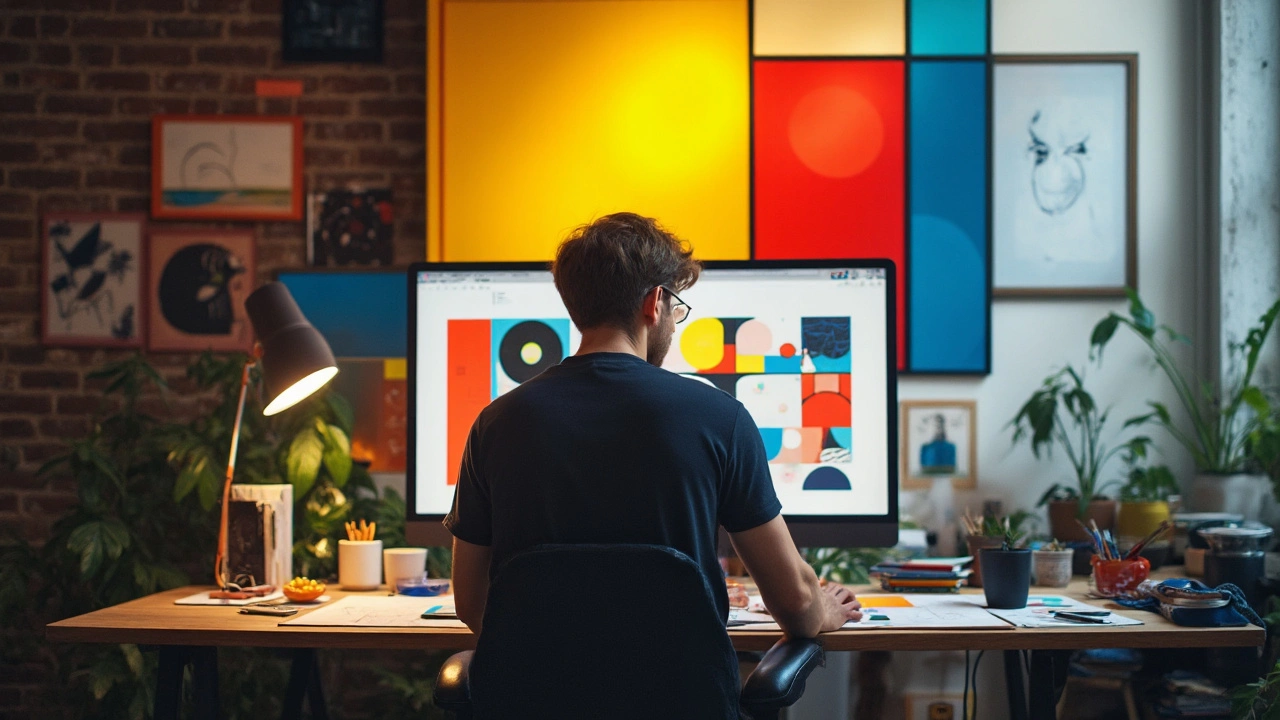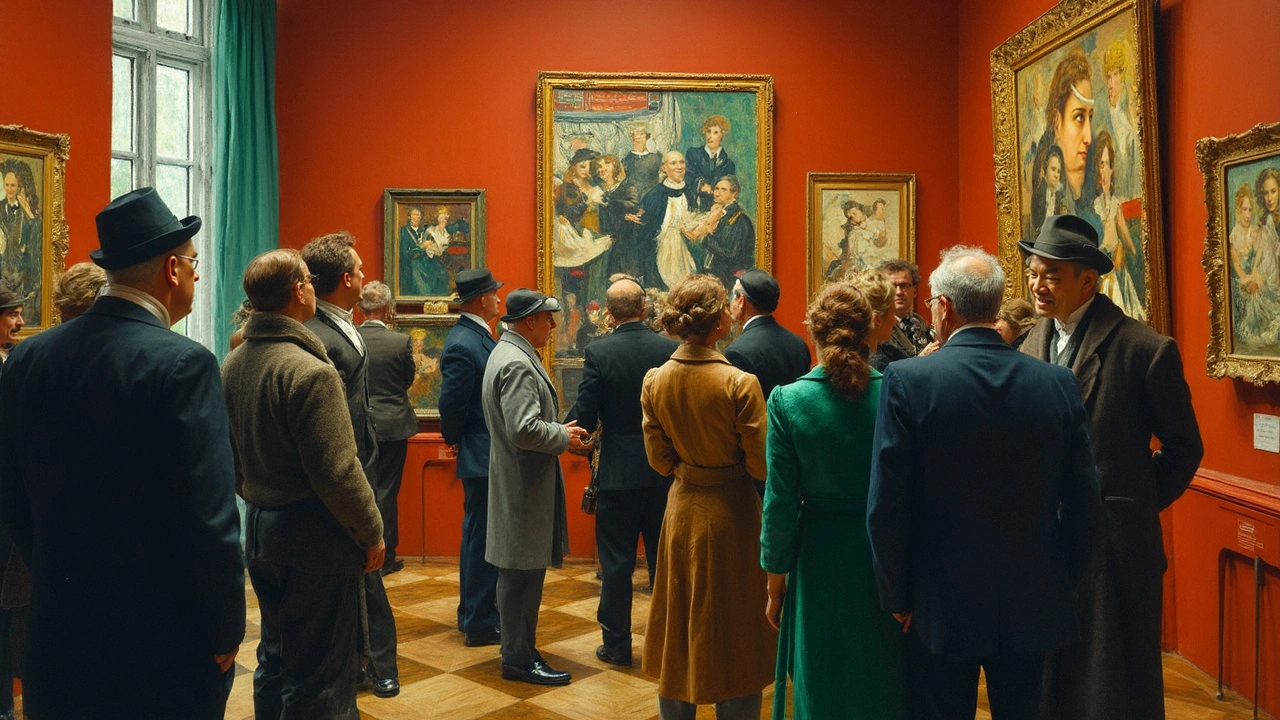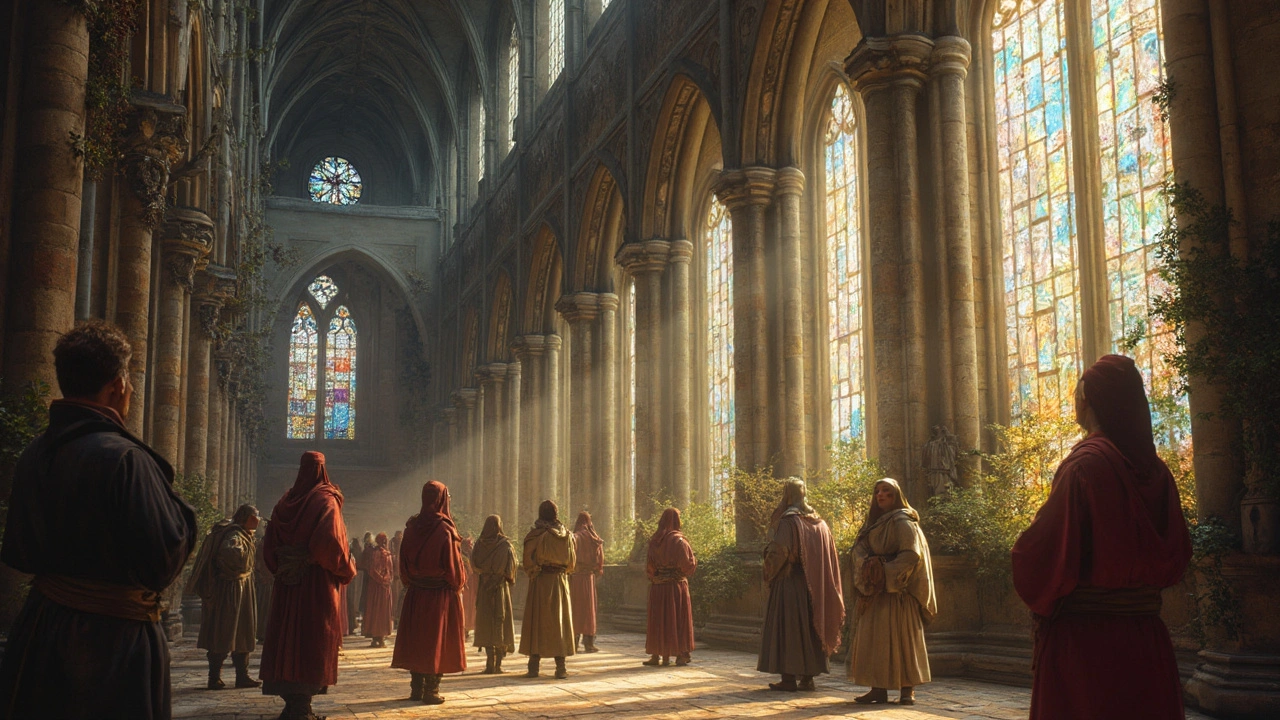May 2025 Art Archive — key reads from Paul Artistry
This month on Paul Artistry we focused on how art movements shape what we see and how we feel. The pieces range from hands-on guides for reading installation art to clear connections between historical prints and modern tattoos. If you want practical ways to look deeper at art, start here.
What’s in this collection
Installation Art: learn to spot how artists use space, light, material and symbol to create feelings, not just pretty scenes. The post gives simple tips for experiencing installations: move slowly, note material changes, and watch how scale shifts your attention.
Ukiyo-e and Japanese Tattoo Art: this piece links classic woodblock prints to modern Irezumi. It shows why motifs like koi, dragons and waves keep appearing in tattoos and how to see a direct visual line from print layout to tattoo flow.
Cubism (two takes): one article explains Cubism’s basics — breaking objects into shapes and multiple viewpoints — and the second looks at how Cubism opened the door to artistic freedom. Both include practical prompts: try drawing one object from three angles and then combine the views.
Expressionism in the 21st Century: find bite-sized ways expressionism shows up today, from bold color choices to social media visuals. The piece offers quick exercises to inject feeling into your own sketches or digital work.
Fluxus: this article breaks down a movement that mixed life and art. It’s full of examples you can try: simple performance ideas, everyday object swaps, and ways to invite audience response without overplanning.
Baroque: a clear look at drama, bold light, and composition tricks that make scenes feel urgent. Learn what to look for in a painting or church interior so details like strong diagonals and theatrical lighting jump out.
De Stijl’s Impact on Graphic Design: practical advice for designers who want cleaner layouts. The post shows quick ways to apply grids, color blocks, and minimal typography to boost clarity without losing personality.
Gothic Art and the Renaissance link: a short history that points to real visual cues — flying buttresses, stained glass storytelling, and sculptural realism — that carried forward into later art.
How to use these posts right now
Pick one short article, read it, then spend 30 minutes applying one tip. Visit a gallery and focus on scale for installations, copy a Ukiyo-e pattern into a tattoo sketch, or redraw a simple object Cubist-style. Small practice sessions cement what you read.
If you’re a writer, curator, or maker, these posts supply fast examples and references you can cite or test in your next project. If you’re a reader who just loves looking, these pieces sharpen the way you see—so your next museum trip will feel richer and more directed.


